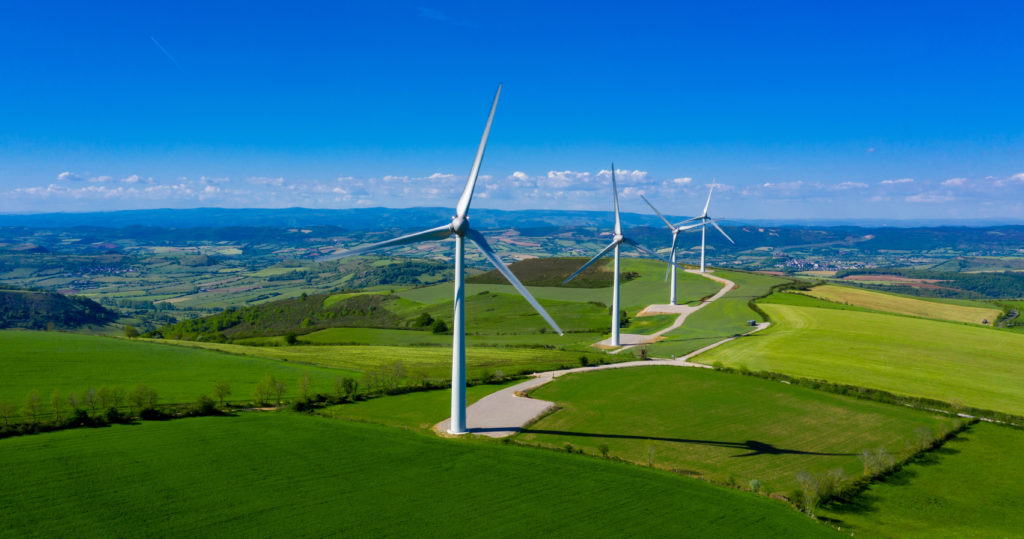by Dr Iain Staffell – Imperial College London
This quarter we focus on the phase-out of coal at home and abroad, and the impacts of Britain’s heat wave on demand and renewables.
Electricity generation from coal has again fallen to new lows in Britain, to the point where summer months are almost coal-free. However, growing consumption in Asia means that the global phase-out of coal is at a complete stand-still.
Article 1 explores the global trends in coal-fired electricity, and how the world has changed in the last 30 years. Article 2 looks at the year so far in Britain, and how the summer has seen coal fall to less than 1% of the generation mix.
Last month the Committee on Climate Change released its progress report to Parliament, which sets out how Britain’s power sector has made ‘excellent progress’, while cleaning up heat, transport and industry ‘has stalled’. Article 3 asks whether progress in the power sector is about to get a lot harder? Coal is all but eliminated, investment in renewables is slowing, and new nuclear is still a decade away.
June 23rd marked the start of the strongest heat wave for a generation. Article 4 shows how this impacts on electricity demand due to air conditioning and refrigeration, with each extra degree of heat adding the equivalent of a million extra households to national demand. With the hot weather came clear and calm skies, meaning solar power was up and wind power down significantly on last year. Despite news of a ‘wind drought’ in Britain, Article 5 shows that the calm periods were offset by increased solar and biomass output. Article 6 finishes with statistics on the capacity and production for the quarter.
The share of coal in national power systems during 20171
1: Data from BP and the IEA. For countries where 2017 data were not available, the share of coal was estimated based on the trend from the most recent year available.
Authors: Dr Iain Staffell, Professor Richard Green, Dr Rob Gross and Professor Tim Green.
